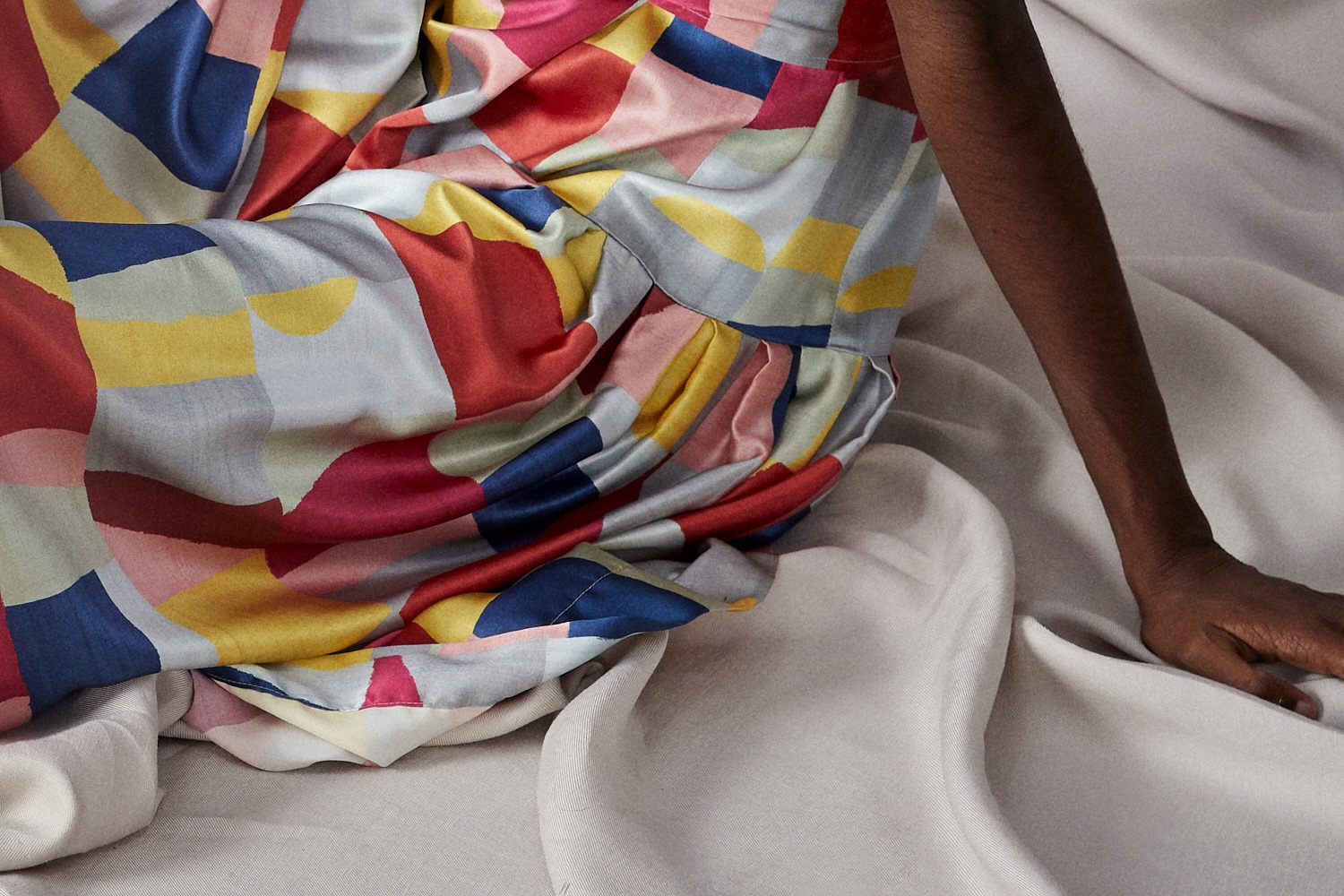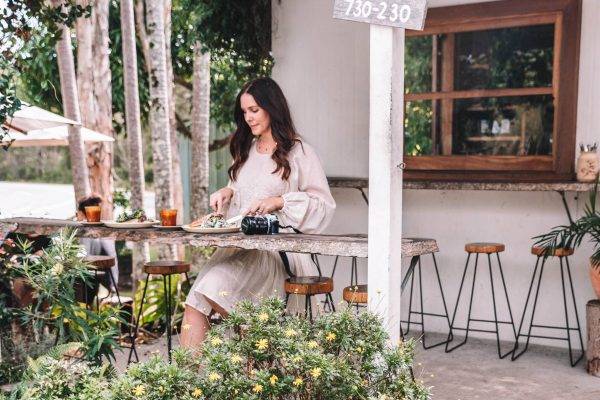Our 2024 Black Friday sales guide here.
When I first started Lois Hazel I remember never wanting to go on sale.
I didn’t understand it and saw it merely as a way to try and convince people to buy unnecessary stuff, and honestly, it felt really dishonest. It often made me wonder what the ‘actual cost’ of the garment really was -how could a brand go to 50% off or even 70% off?
It wasn’t really until starting LH that I began to understand why sales were a necessary part of the business, but also learning about markups and the individual costs existing throughout the supply chain (which I covered in my blog about the cost of the Fold Short which you can read here).
Image from Lois Hazel Fold Collection

Running a business is a complex thing and I know when I started I had a lot of ways in which I wanted to run, due to my personal morals and also a general lack of understanding of the industry. I wanted to share my thoughts with you all about why I go on sale and how it can actually help me run my business the way I want to.
So, firstly, dealing with too much stock
As I have grown to where I am now with LH, it has meant outsourcing to local factories which has been amazing, but with this, comes minimums. Factories will always have a minimum amount of stock required to get made so that you can work with them. Some can require a minimum of hundreds of units but luckily I am able to work with CGT who allow me to order a minimum of 40 units per style. This has really helped Lois Hazel grow as it has freed up more time to focus on other day to day business tasks. It does also means that I do have to commit to ordering more stock than if I were sewing each piece myself. At the end of a season, after 5 months of selling, I am left with a handful of random sizes.
Obviously, I’m not going to just throw those styles out, or burn them as some brands have been known to do, so going on sale means I can earn back some money which I then re-invest into the business. It also allow you guys (my wonderful customers) who may not have been able to afford a certain piece at full price to get your hands on something you have been eyeing off (If I still have your size). Quite frankly, I would rather my beauties go into your hands than gather dust or end up in a box, even if it means I don’t make back as much as I necessarily need to cover costs.
The cost
This takes me to my second point, something that I have been quite passionate about from the start, affordability. Now to put it simply, when costing garments, a really easy way to break it down is:
- Cost Price of Garment x 2 = Wholesale
- Wholesale x 2 = RRP
- RRP x 1.1% (GST) = Final RRP
In choosing to run Lois Hazel in a way that has as little impact on the planet and a positive impact on the people who we work with, does mean that there are higher costs involved.
So when I sit down to cost my garments I do get quite overwhelmed with what the final figures can become, especially when I do it as I mentioned above. Now, I don’t tend to mark up as much from Cost to Wholesale, which can mean I don’t make as much as I need, but also means that my pieces are more affordable and can help people purchase better clothes, which to me is really important.
So, by going on sale, it opens up an opportunity where people who wish to participate in the ethical and sustainable clothing space but otherwise haven’t been able to afford to, now can purchase an item which will be treasured just as well otherwise.
Lois is offering 20% off for our lovely readers using the code thegreenhub20 – valid 29th to 30th Nov 12pm AEST – shipping worldwide


